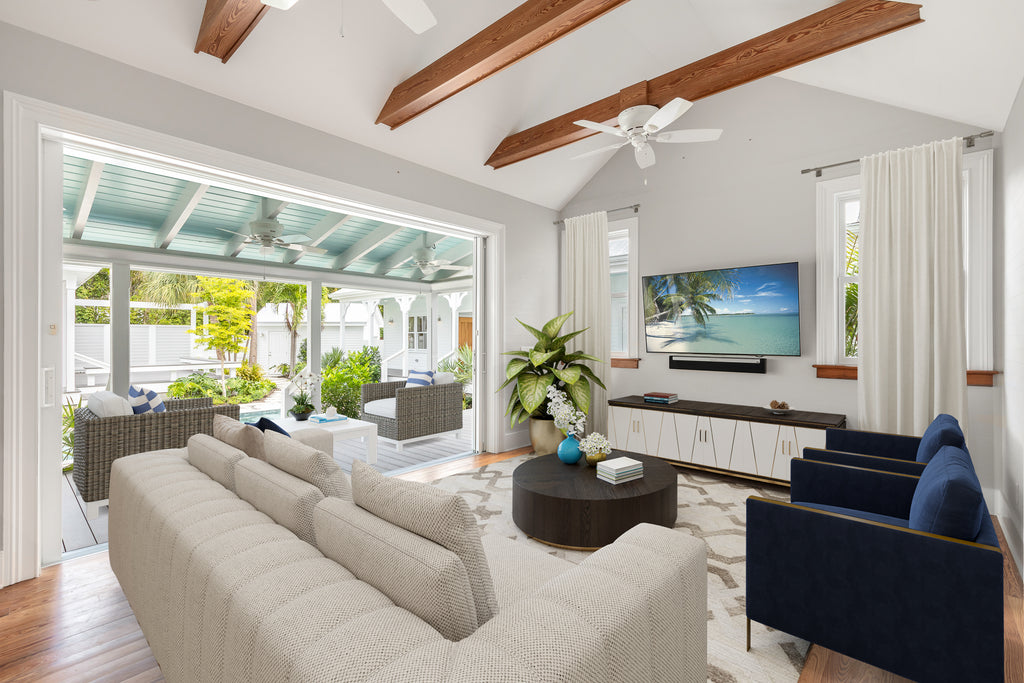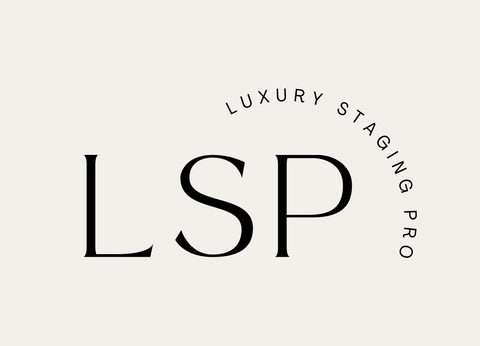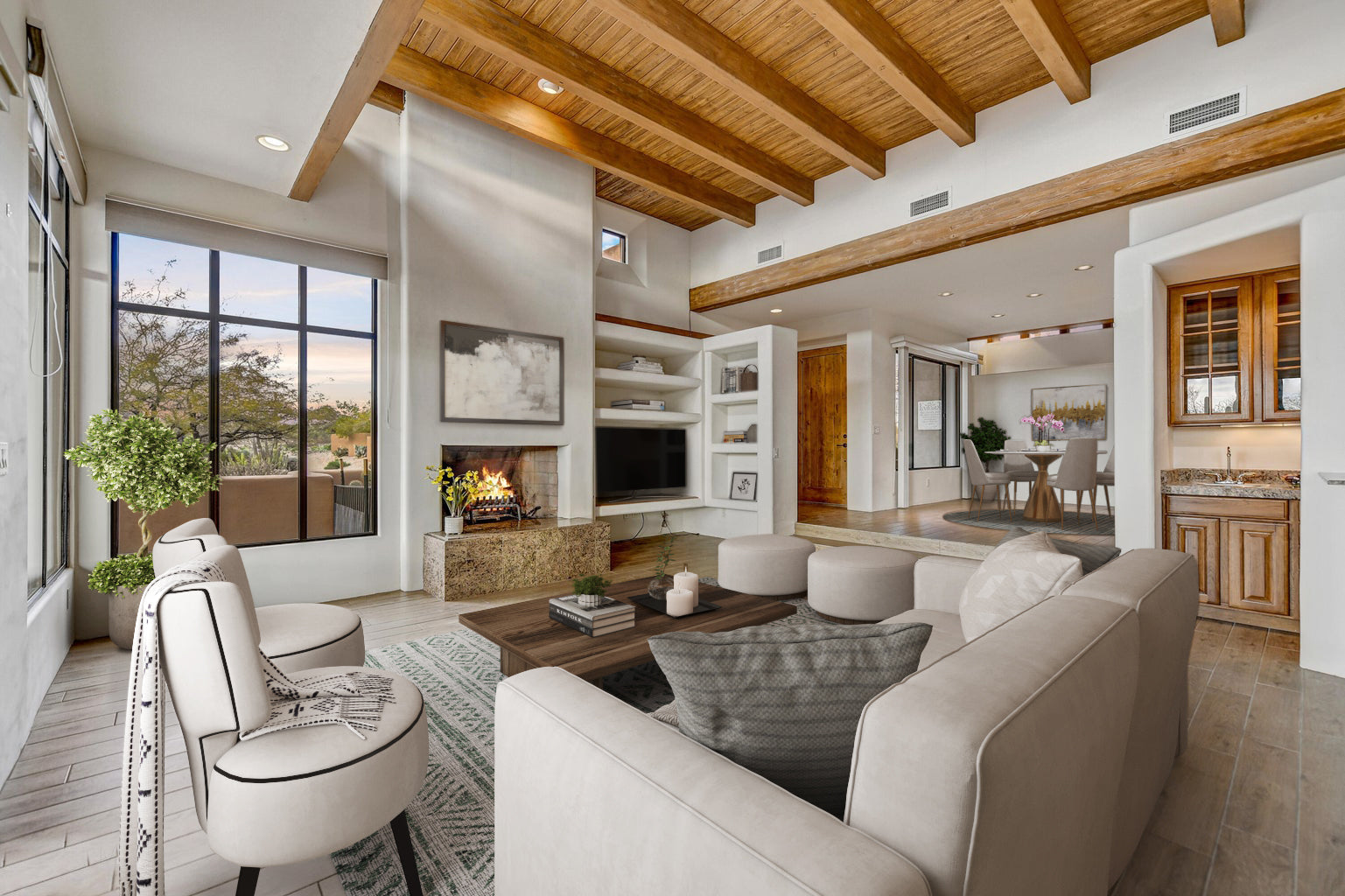Virtual staging is the new go-to for real estate agents who want to be ahead of the game, the secret marketing weapon to sell that exquisite loft overlooking the park faster than you can say "escrow." But beware, dear realtors, property moguls, and marketing maestros, for the path to virtual staging glory is fraught with faux pas that could turn your chic penthouse into a digital disaster.
1. Micromanage Your Way to Mediocrity
Ever heard the phrase "Too many cooks spoil the broth?" Well, try replace "cooks" with "realtors" and "broth" with "virtual staging," and you'll get the picture. Some folks love to hover over the shoulder of their virtual stagers, nitpicking every cushion-fluff, shadow and wall hue. The result? A room so bland, it makes vanilla seem exotic. Remember, your designer is more artist than automaton. Step back, and let their creativity and style shine.

2. Bargain Hunt Until the Pixels Hurt
Ah, the lure of saving a buck—or in this case, a Benjamin or two—by choosing the cheapest virtual staging option out there. But remember, you get what you pay for, folks. Would you hire a cut-rate electrician to wire your newly built mansions? I think not. Going for the bottom-of-the-barrel pricing often means your ultra-modern living room might end up looking like a 90s sitcom backdrop. Quality comes at a cost, so invest wisely! The price difference among the top five virtual staging firms is pretty negligible, anyways. Go for the one with who's gallery's you like best. That way, you'll likely be a style match.

3. Shy Buyers Never Win
Lo and behold, the first draft of your virtual sage is laid before your eyes and, alas, something's amiss. The sofa looks like it was carved from stone, and the rug patterns would induce vertigo in a billy goat. If you're too shy to request revisions, you might as well place a "Haunted - Do Not Enter" sign on the listing. Speak up! Those digital designers aren't mind readers, and a few tweaks can turn a possibly haunted house into a home. Any decent virtual staging company includes free revisions -- it's oftentimes just part of the process. Don't be afraid to ask for what you want, you won't hurt anyone's feelings.

4. Keeping It Too Real (Estate)
There's realism, and then there's "I-can-see-the-reflection-of-a-ghost-in-that-mirror" realism. We all want our staged rooms to look inviting, but adding highly personal items—like a monogrammed towel set, or your grandma's ashtray collection—can make prospects feel like they're intruding on someone else's space. Keep it neutral, folks. A welcoming canvas upon which potential buyers can paint their futures.
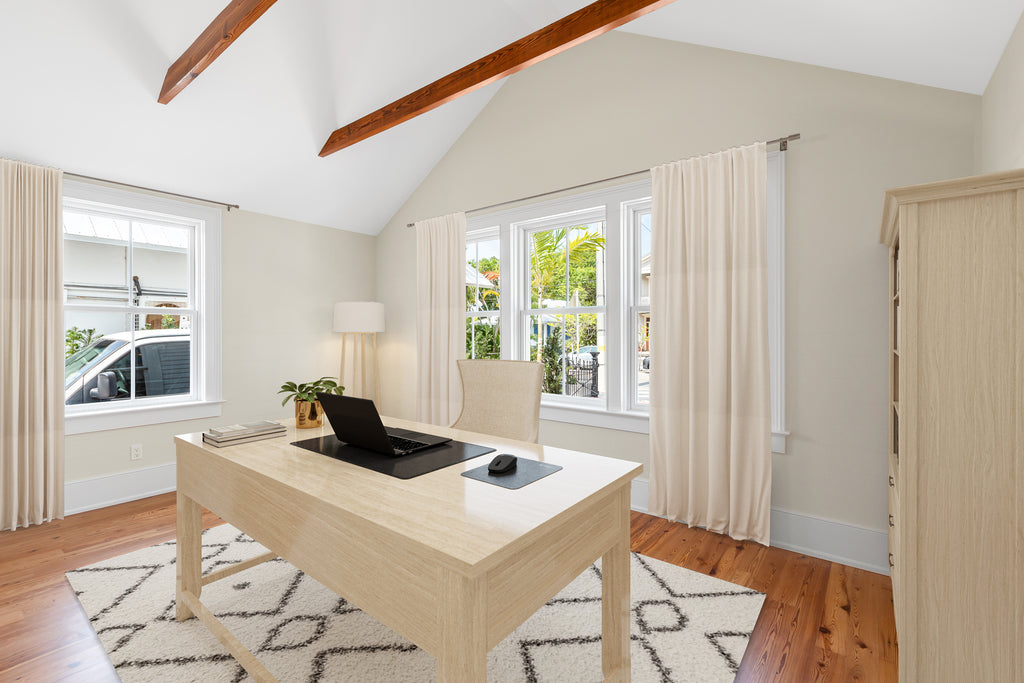
5. Feature Overload, or How I Stopped Worrying and Ignored the House
In the quest to stand out, some may pack every bell and whistle into their virtual oasis. The result? A sensory overload where the eyeballs don't know where to look. A digital koi pond here, a Renaissance painting there, and a wild herd of throw pillows stampeding across the convertible futon. Take it easy, tiger. The aim is to sell a home, not circus tickets.
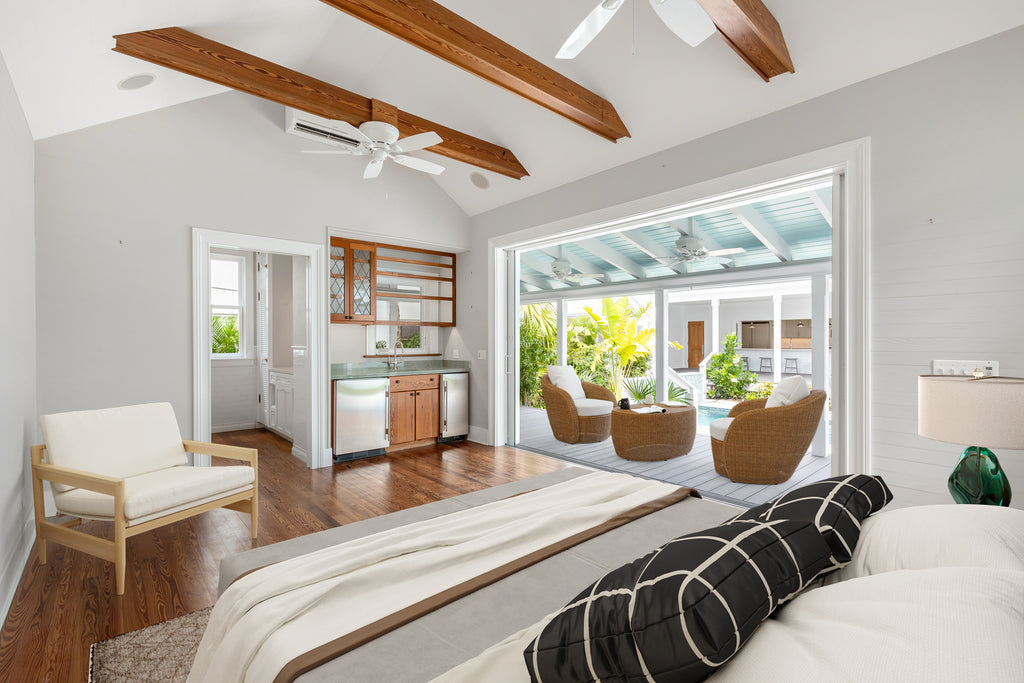
And there you have it, dear industry comrades, my cheeky guide on how NOT to approach the virtual staging process. With a little trust, investment, communication, subtleness, and restraint, you'll transform any space from virtually "meh" to virtually "sold!"
Remember, treading carefully in the virtual world can mean real-world success. Now go forth and stage—immensely, but smartly. Happy selling!

